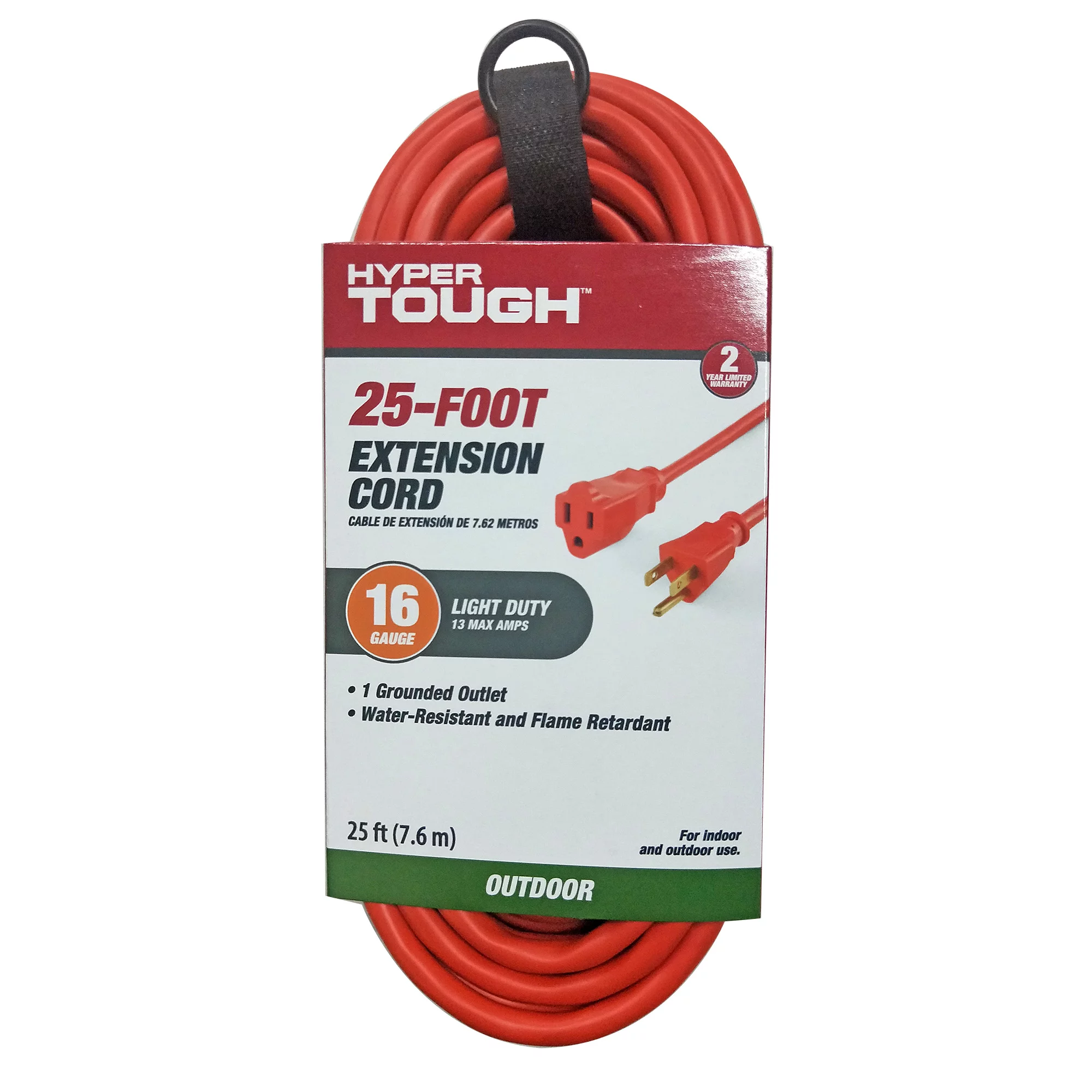

Articles
What Is 16/3 Extension Cord
Modified: October 20, 2024
Discover everything you need to know about 16/3 extension cords in this informative article. Learn about their features, uses, and safety tips.
(Many of the links in this article redirect to a specific reviewed product. Your purchase of these products through affiliate links helps to generate commission for Storables.com, at no extra cost. Learn more)
Introduction
Welcome to the world of electrical extensions! When it comes to powering our devices and appliances, having a reliable and versatile extension cord is essential. One type of extension cord that you may come across is the 16/3 extension cord. But what exactly is a 16/3 extension cord and why should you consider using one?
A 16/3 extension cord, also known as a 16-gauge, 3-wire extension cord, is a versatile and commonly used electrical cord. The numbers “16” and “3” in the name refer to the gauge and the number of wires respectively. The gauge of a cord indicates the thickness of its conductive wires, while the number of wires refers to the number of conductors present inside the cord.
The 16-gauge wire in a 16/3 extension cord has a thickness of 1.3mm and is capable of carrying up to 13 amps of current. The “3” in the name signifies that the cord is designed with three wires: a hot wire, a neutral wire, and a ground wire. These wires work together to ensure the safe and efficient transmission of electricity from the power source to your devices.
Now that we understand the basics, let’s dive into the uses and advantages of 16/3 extension cords.
Key Takeaways:
- The 16/3 extension cord is a versatile and essential tool for powering appliances, electronics, and tools in various settings, offering convenience, safety, and cost-effectiveness.
- When choosing a 16/3 extension cord, consider factors such as cord length, wire gauge, indoor/outdoor use, outlet compatibility, and safety certifications to ensure safe and reliable power connectivity.
Read more: What Gauge Is An Extension Cord
Definition of 16/3 Extension Cord
A 16/3 extension cord is a type of electrical cord that is commonly used to extend the reach of power outlets. The “16” in the name refers to the gauge of the cord, which indicates the thickness of its conductive wires. In this case, the cord is constructed with 16-gauge wire, which has a thickness of 1.3mm.
The “3” in the name signifies that the cord is designed with three wires: a hot wire, a neutral wire, and a ground wire. These wires are typically color-coded for easy identification, with the hot wire being black, the neutral wire being white, and the ground wire being green.
The 16/3 extension cord is available in various lengths, ranging from a few feet to several hundred feet, allowing users to extend the reach of their power source to where it is needed most. The cord is constructed with durable materials to withstand the rigors of everyday use, including heavy-duty insulation to protect against wear and tear, and sturdy connectors to ensure a secure connection to power outlets and devices.
It’s important to note that the 16/3 extension cord is designed for indoor use and should not be used outdoors unless specifically stated by the manufacturer. It is also essential to follow the recommended wattage and amperage limits specified by the manufacturer to prevent overloading the cord and avoid potential hazards.
Now that we have a clear understanding of what a 16/3 extension cord is, let’s explore its various uses and advantages.
Uses of 16/3 Extension Cord
The 16/3 extension cord is a versatile tool that can be used for various purposes in both residential and commercial settings. Here are some common uses of the 16/3 extension cord:
1. Powering appliances and electronics: One of the primary uses of a 16/3 extension cord is to provide power to appliances and electronics. Whether you need to plug in a lamp, a television, a computer, or any other device, the 16/3 extension cord allows you to extend the reach of a power outlet and conveniently power your devices.
2. Outdoor power needs: While the 16/3 extension cord is primarily designed for indoor use, there are certain outdoor situations where it can be used safely. For example, if you need to power outdoor lights, lawn equipment, or other outdoor appliances, using a 16/3 extension cord can help you bring the power source closer to where it’s needed.
3. Workshops and DIY projects: Many workshops and DIY enthusiasts rely on the 16/3 extension cord for their power needs. Whether you’re using power tools, chargers, or other equipment in your workshop, the 16/3 extension cord provides a flexible and convenient solution to connect them to a power source.
4. Events and outdoor activities: When organizing events or engaging in outdoor activities, such as camping or tailgating, the 16/3 extension cord can come in handy. It allows you to power portable speakers, lighting setups, fans, and other equipment, ensuring a comfortable and enjoyable experience.
5. Office setups: In office environments, where multiple devices need to be powered simultaneously, the 16/3 extension cord can simplify cable management and provide flexibility. It enables you to connect computers, printers, monitors, and other office equipment without the need for excessive cord length.
6. Construction sites: The 16/3 extension cord is also widely used in construction sites to provide power to various tools and equipment. Its durability and long reach make it a practical choice for powering tools like circular saws, drills, and sanders.
7. Temporary installations: Whether it’s for a temporary display, a pop-up shop, or a temporary working space, the 16/3 extension cord can be used to provide temporary power solutions. Its flexibility allows for easy setup and dismantling without the need for permanent wiring.
It’s important to note that when using a 16/3 extension cord, you should always follow the manufacturer’s guidelines and safety precautions to ensure proper use and avoid any electrical hazards.
Advantages of 16/3 Extension Cord
The 16/3 extension cord offers several advantages that make it a popular choice for both residential and commercial use. Here are some of the main advantages of using a 16/3 extension cord:
1. Versatility: The 16/3 extension cord is a versatile tool that can be used for a wide range of applications. Whether you need to power appliances, electronics, or tools, this cord can handle the task. Its flexibility allows it to adapt to various power needs and configurations.
2. Convenient Length: The 16/3 extension cord is available in different lengths, allowing you to choose the one that suits your specific needs. Whether you require a short cord for an indoor setup or a longer one for outdoor use, there is a suitable option available.
3. Safe and Reliable: The 16/3 extension cord is designed to meet strict safety standards. It is constructed with durable materials that can withstand regular use and provide long-lasting performance. Additionally, the three-wire design (hot, neutral, and ground) ensures safe and efficient power transmission.
4. Easy to Use: The 16/3 extension cord is user-friendly and requires no special skills or tools to operate. Simply plug one end into a power outlet and the other end into your device or appliance, and you’re good to go. The sturdy connectors ensure a secure and reliable connection.
5. Cost-Effective: Compared to other types of extension cords, the 16/3 extension cord is typically more affordable, making it a cost-effective solution for extending your power source. It eliminates the need for expensive rewiring or the installation of additional power outlets.
6. Space-Saving: The compact size of the 16/3 extension cord makes it easy to store and transport. Its flexible design allows for easy coiling, reducing the risk of tangling and taking up minimal space when not in use.
7. Durable Construction: The 16/3 extension cord is designed to withstand the rigors of everyday use. It features heavy-duty insulation that protects the wires from damage, as well as durable connectors that can withstand frequent plugging and unplugging.
8. Increased Reach: With a 16/3 extension cord, you can extend the reach of your power source to conveniently power devices and appliances that are located away from the nearest outlet. This is particularly beneficial in large rooms, outdoor spaces, or areas with limited access to power outlets.
When using a 16/3 extension cord, it is important to follow safety precautions and not exceed the recommended amperage and wattage ratings. This will prevent overloading the cord and minimize the risk of electrical hazards.
When using a 16/3 extension cord, make sure to check the maximum wattage it can handle to avoid overloading it. The “16/3” refers to the wire gauge and number of conductors, which determines the cord’s capacity.
Factors to Consider When Choosing 16/3 Extension Cord
Choosing the right 16/3 extension cord for your needs involves considering several important factors. By taking these factors into account, you can ensure that you select a cord that is safe, reliable, and suitable for your specific requirements. Here are some key factors to consider when choosing a 16/3 extension cord:
1. Cord Length: Determine the length of cord you will need based on the distance between the power source and the area or device you intend to power. It’s important to choose a cord with a length that provides the necessary reach without excess length that can potentially cause tangling or increase the risk of accidents.
2. Wire Gauge: Consider the gauge of the extension cord’s wire as it determines the cord’s capacity to handle the electrical load. In the case of a 16/3 extension cord, the 16-gauge wire is capable of carrying up to 13 amps of current. Ensure that the wire gauge is suitable for the devices and appliances you plan to power to prevent overheating and electrical hazards.
3. Indoor/Outdoor Use: Determine whether you need an extension cord specifically designed for indoor or outdoor use. While some 16/3 extension cords are suitable for both, others are only rated for indoor applications. Using an outdoor-rated cord indoors may result in overheating, while using an indoor cord outdoors can pose safety risks.
4. Outlet Compatibility: Check the types of outlets you will be plugging the extension cord into. Ensure that the cord’s connectors match the outlets, whether they are standard two-prong or three-prong outlets. Additionally, consider whether you may need adapter plugs to accommodate different outlet configurations.
5. Wattage and Amperage Ratings: Pay attention to the wattage and amperage ratings of the extension cord, which indicate the maximum amount of power it can safely handle. Make sure the cord’s ratings are sufficient for the devices and appliances you plan to connect. Exceeding these ratings can lead to overheating, damage to the cord, or even fires.
6. Safety Certifications: Look for extension cords that have been tested and certified by recognized safety organizations, such as UL (Underwriters Laboratories). This ensures that the cord has undergone rigorous testing and meets industry safety standards.
7. Durability and Construction: Consider the durability of the extension cord, especially if you expect it to endure frequent use or potentially harsh environments. Look for cords with sturdy insulation, heavy-duty connectors, and reinforced strain relief to prevent damage and ensure longevity.
8. Additional Features: Some extension cords may have additional features that can enhance safety and convenience. These features may include built-in surge protection, indicator lights, or even retractable reels for easy storage and organization.
By carefully considering these factors, you can select the right 16/3 extension cord that meets your specific requirements and provides safe and reliable power connectivity for your devices and appliances.
Read more: What Is A Grounded Extension Cord
Safety Precautions When Using 16/3 Extension Cord
While 16/3 extension cords are reliable tools for extending power sources, it is crucial to prioritize safety when using them. By following these safety precautions, you can prevent accidents, protect your devices, and ensure the longevity of your extension cord:
1. Match the Cord to the Application: Ensure that you are using the 16/3 extension cord for its intended purpose. If the cord is labeled for indoor use only, avoid using it outdoors or in wet conditions. Using the wrong type of cord can lead to electric shock or damage to the cord.
2. Inspect the Cord: Before each use, inspect the entire length of the extension cord for any signs of damage, such as fraying, cuts, or exposed wires. If you notice any damage, replace the cord immediately to prevent electrical hazards.
3. Avoid Overloading: Do not exceed the maximum wattage or amperage ratings of the extension cord. Overloading the cord can cause overheating, leading to damage or even fire. Be aware of the power requirements of your devices and appliances and make sure they are within the cord’s capacity.
4. Uncoil the Cord Completely: When using the extension cord, make sure to fully uncoil it to prevent overheating. Coiled or twisted cords can restrict airflow and lead to heat build-up, potentially causing damage to the cord or connected devices.
5. Avoid Pinching or Crushing: Do not pinch or crush the extension cord by closing doors, windows, or heavy objects on it. This can damage the cord, resulting in exposed wires or insulation failure. Keep the cord away from high traffic areas to prevent accidental tripping or damage.
6. Keep the Cord Dry: Moisture and water can pose a significant risk of electric shock. Ensure that the 16/3 extension cord is not in contact with water or exposed to wet conditions. If you need to use an extension cord outdoors, choose a cord specifically designed for outdoor use and ensure it is connected to a ground fault circuit interrupter (GFCI) outlet.
7. Avoid Overheating: Prevent the extension cord from overheating by avoiding excessive bending or tightly coiling it during use. Make sure that the cord is not covered or trapped under rugs, furniture, or other objects that can restrict airflow and lead to heat build-up.
8. Do Not Use Damaged Connectors: If the connectors of the 16/3 extension cord are damaged, loose, or do not fit securely into the outlet or device, do not use it. Using a faulty connector can result in improper electrical connections and increase the risk of electrical shock or fire.
9. Disconnect Safely: When unplugging devices or appliances from the extension cord, always grip the plug and pull it straight out of the outlet. Do not yank the cord to unplug it, as this can damage the cord and create potential hazards.
10. Store Properly: When not in use, store the extension cord in a cool, dry place away from direct sunlight and sharp objects. Properly coiling the cord and using cord reels or storage solutions can help prevent tangles, kinks, and other forms of damage.
By adhering to these safety precautions, you can maximize the safe and effective use of your 16/3 extension cord, ensuring a secure and reliable power connection for your devices and appliances.
Common FAQs about 16/3 Extension Cord
Here are some frequently asked questions about 16/3 extension cords:
1. What does the “16/3” in a 16/3 extension cord mean?
The “16/3” refers to the wire gauge and the number of wires in the cord. In this case, the cord is constructed with 16-gauge wire and has three wires – a hot wire, a neutral wire, and a ground wire.
2. What is the maximum amperage that a 16/3 extension cord can handle?
A 16/3 extension cord is capable of carrying up to 13 amps of current. It is important not to exceed the maximum amperage rating to prevent overloading the cord.
3. Can I use a 16/3 extension cord outdoors?
While some 16/3 extension cords are rated for both indoor and outdoor use, it is essential to check the manufacturer’s specifications. Not all 16/3 extension cords are designed to withstand exposure to moisture or other outdoor conditions.
4. Can I connect multiple extension cords together?
It is generally recommended to avoid connecting multiple extension cords together. Each additional connection increases resistance and can lead to voltage drop and overheating. If you need additional length, it is better to use a single longer extension cord that meets your requirements.
5. Can I use a 16/3 extension cord for heavy-duty power tools?
While a 16/3 extension cord can handle moderate power loads, it may not be suitable for heavy-duty power tools that require higher amperage. Check the power requirements of your tools and consult the manufacturer’s recommendations for the appropriate gauge and amperage rating.
6. What safety certifications should I look for in a 16/3 extension cord?
Look for extension cords that have been tested and certified by recognized safety organizations, such as UL (Underwriters Laboratories). These certifications ensure that the cord has undergone rigorous testing and meets industry safety standards.
7. Can I use a 16/3 extension cord with a three-pronged device?
Yes, a 16/3 extension cord typically features three wires, including a ground wire, which allows it to be used with three-pronged devices. Ensure that the cord’s connectors match the device’s plug configuration for a secure and reliable connection.
8. Can I use a 16/3 extension cord for appliances with higher wattage?
It is important to check the wattage rating of your appliances and ensure that they do not exceed the maximum wattage capacity of the 16/3 extension cord. Exceeding the maximum rating can lead to overheating and potential damage to the cord or appliances.
9. Can I use a 16/3 extension cord for outdoor lighting?
If you need to use a 16/3 extension cord for outdoor lighting, ensure that you select a cord specifically designed for outdoor use. These cords are typically more rugged and have additional weatherproofing features to withstand exposure to the elements.
10. How should I store a 16/3 extension cord?
When not in use, it is important to store the 16/3 extension cord in a cool, dry place. Properly coil the cord and avoid kinks or tangles. Using cord reels or storage solutions can help keep the cord organized and prevent damage.
Remember, always prioritize safety when using any extension cord. If you have specific concerns or questions about your 16/3 extension cord, consult the manufacturer’s guidelines or seek professional advice.
Conclusion
The 16/3 extension cord is a versatile and essential tool for extending power sources in various settings. Whether you need to power appliances, electronics, tools, or outdoor equipment, the 16/3 extension cord proves to be a reliable and convenient solution. By understanding its definition, uses, advantages, factors to consider, and safety precautions, you can make informed decisions when choosing and using a 16/3 extension cord.
These cords are designed with 16-gauge wire, capable of carrying up to 13 amps of current. They feature three wires – hot, neutral, and ground – to ensure safe and efficient power transmission. The 16/3 extension cord can be used for indoor applications, and some models are suitable for outdoor use as well.
Some key advantages of the 16/3 extension cord are its versatility, convenient length options, safety features, cost-effectiveness, and durability. It allows you to power devices and appliances in various settings, and its compact size and sturdy construction make it easy to store and transport.
When choosing a 16/3 extension cord, consider factors such as cord length, wire gauge, indoor/outdoor use, outlet compatibility, wattage and amperage ratings, safety certifications, and durability. By paying attention to these factors, you can select the right cord for your specific needs and ensure optimum performance.
It is crucial to follow safety precautions when using a 16/3 extension cord. These precautions include regular inspection for damage, avoiding overloading, uncoiling the cord completely, keeping it dry, and properly storing it when not in use. By adhering to these precautions, you can minimize the risk of electrical hazards and ensure safe operation.
In conclusion, the 16/3 extension cord is a versatile and reliable tool that provides flexibility in extending power sources. By understanding its features and following safety guidelines, you can make the most of this essential tool and power your devices and appliances with convenience and peace of mind.
Frequently Asked Questions about What Is 16/3 Extension Cord
Was this page helpful?
At Storables.com, we guarantee accurate and reliable information. Our content, validated by Expert Board Contributors, is crafted following stringent Editorial Policies. We're committed to providing you with well-researched, expert-backed insights for all your informational needs.
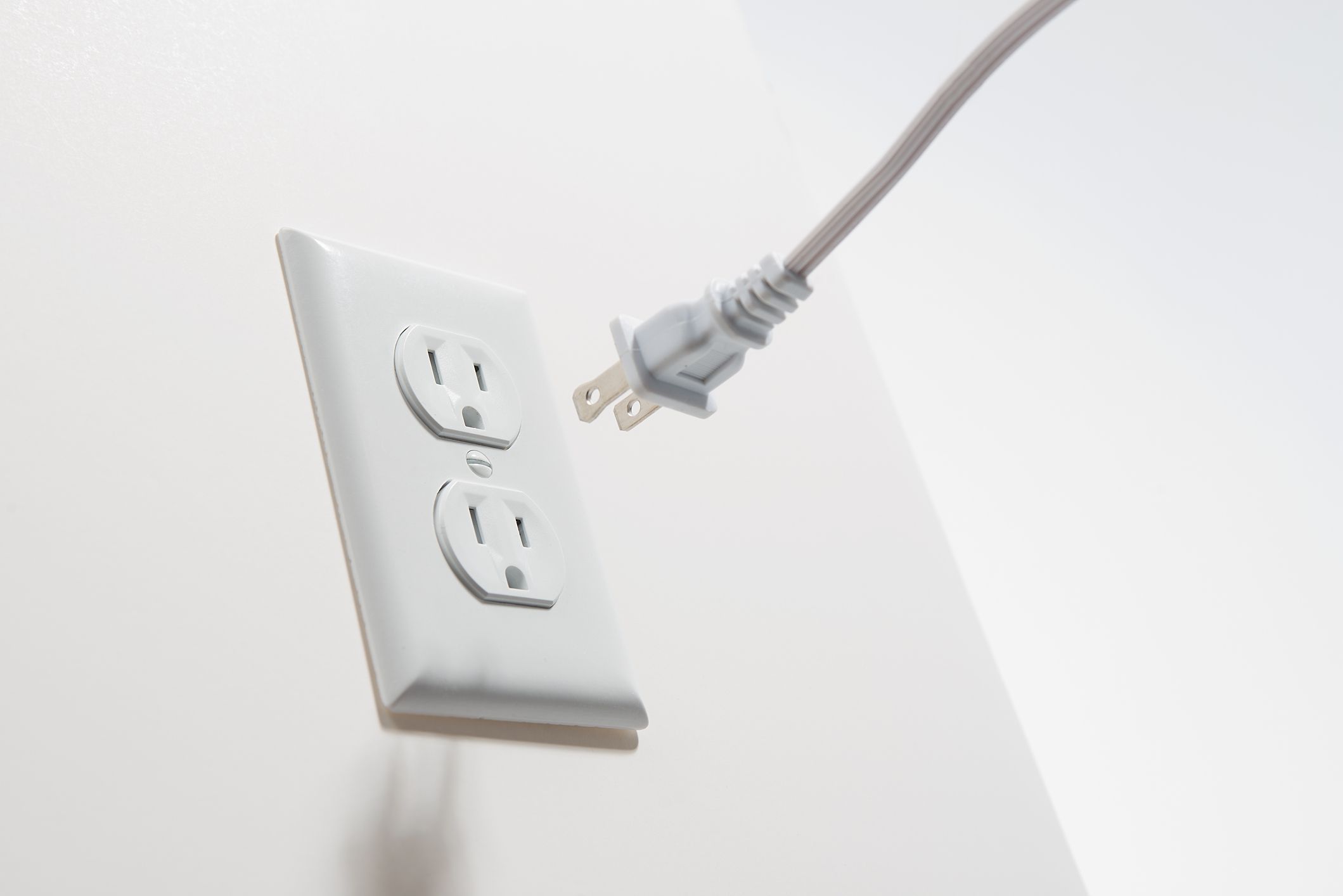
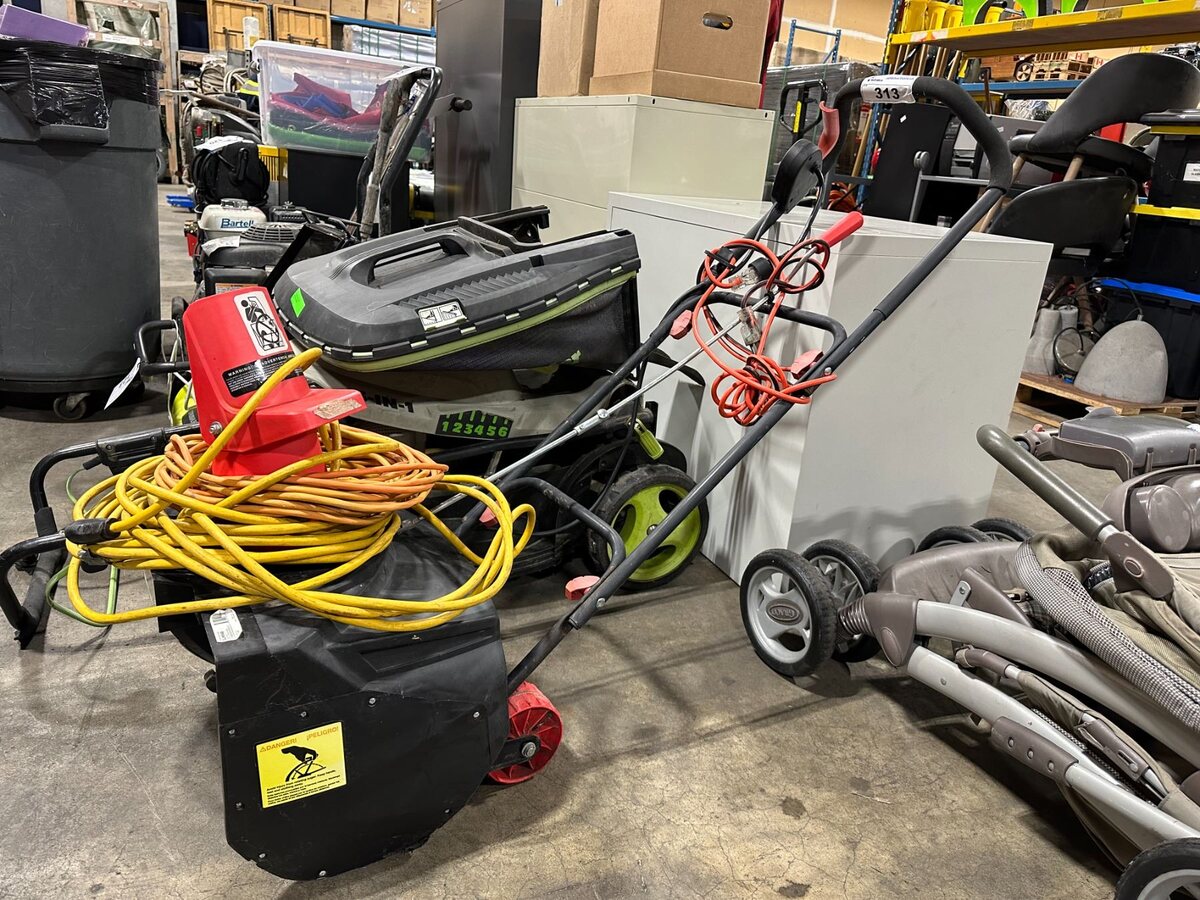
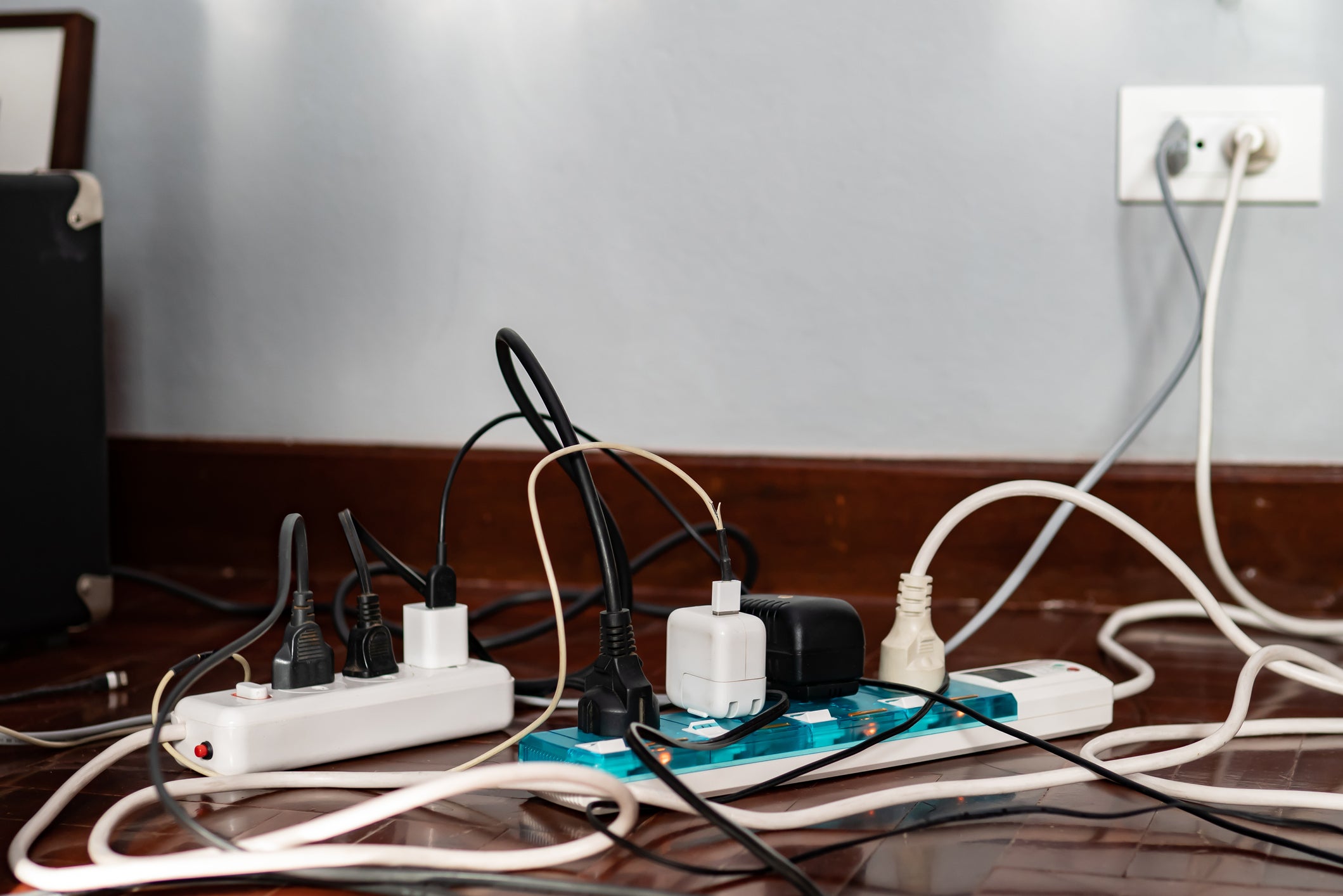
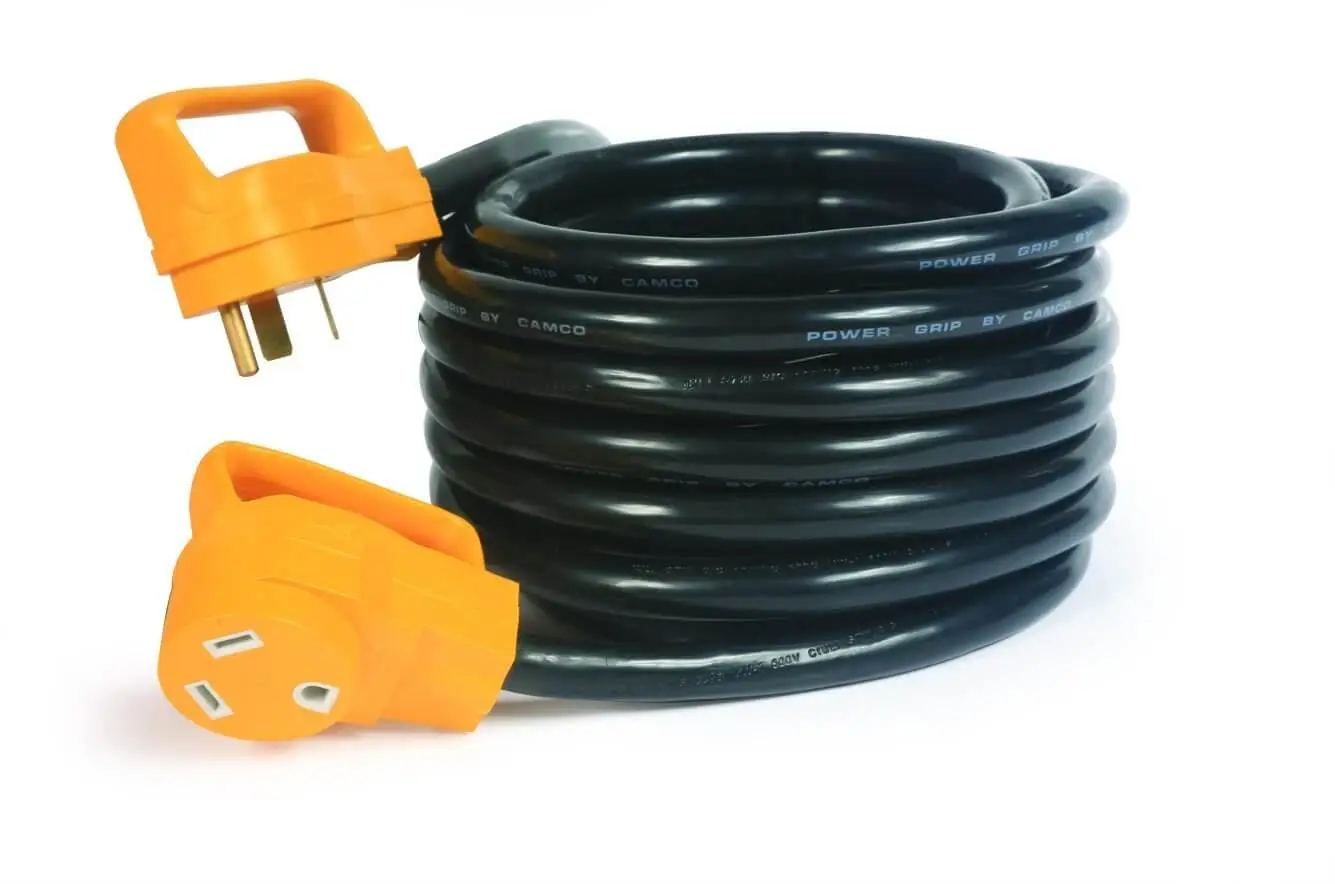
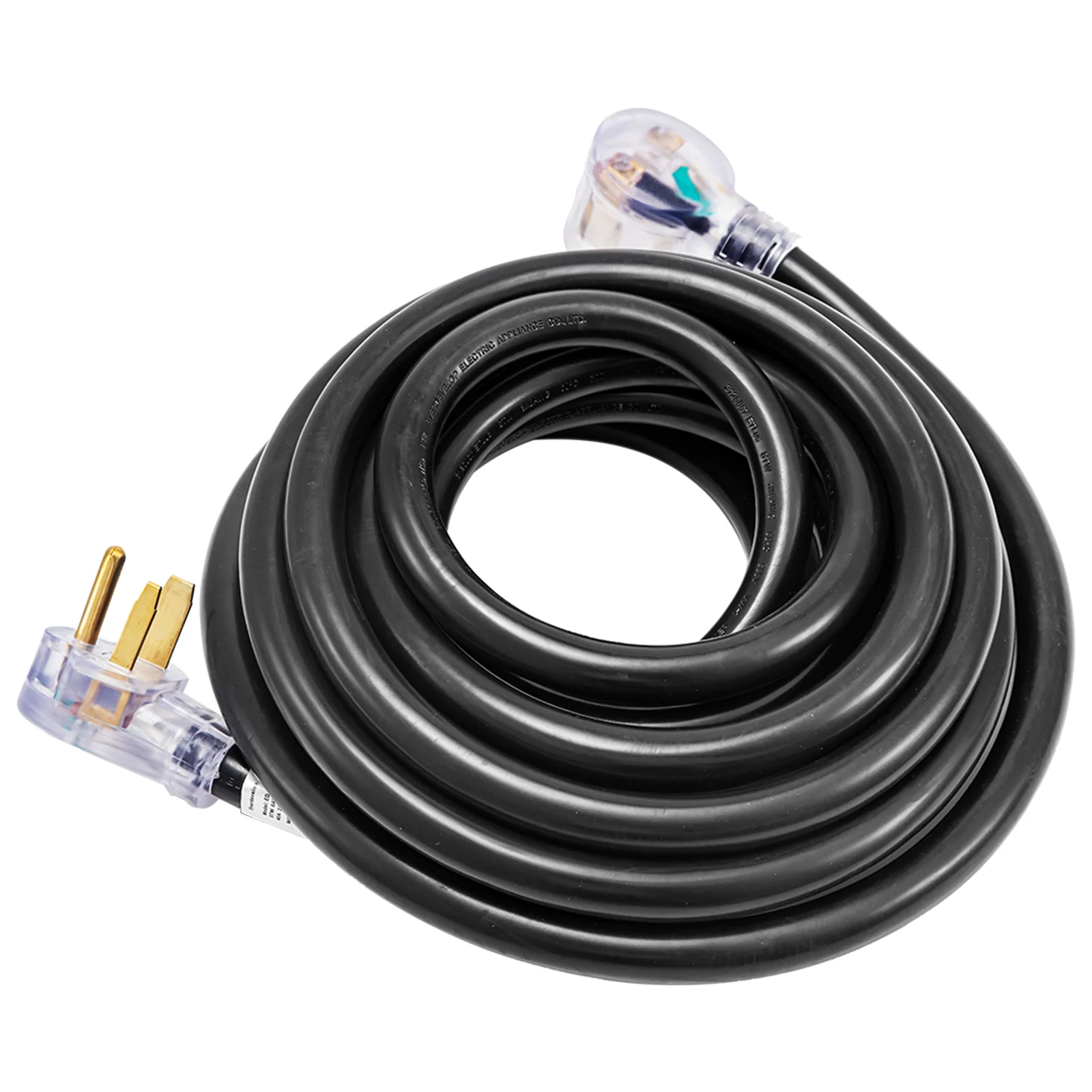
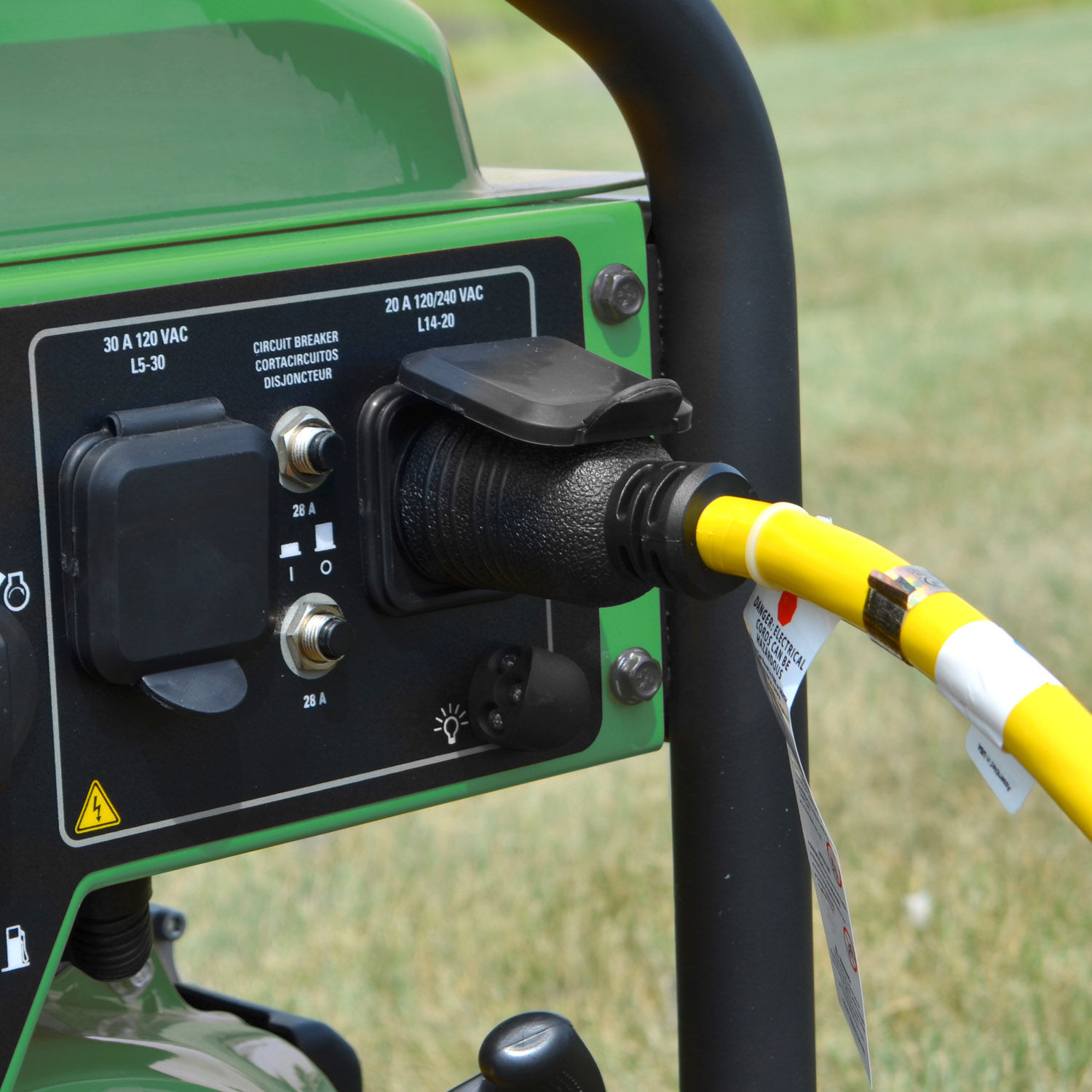
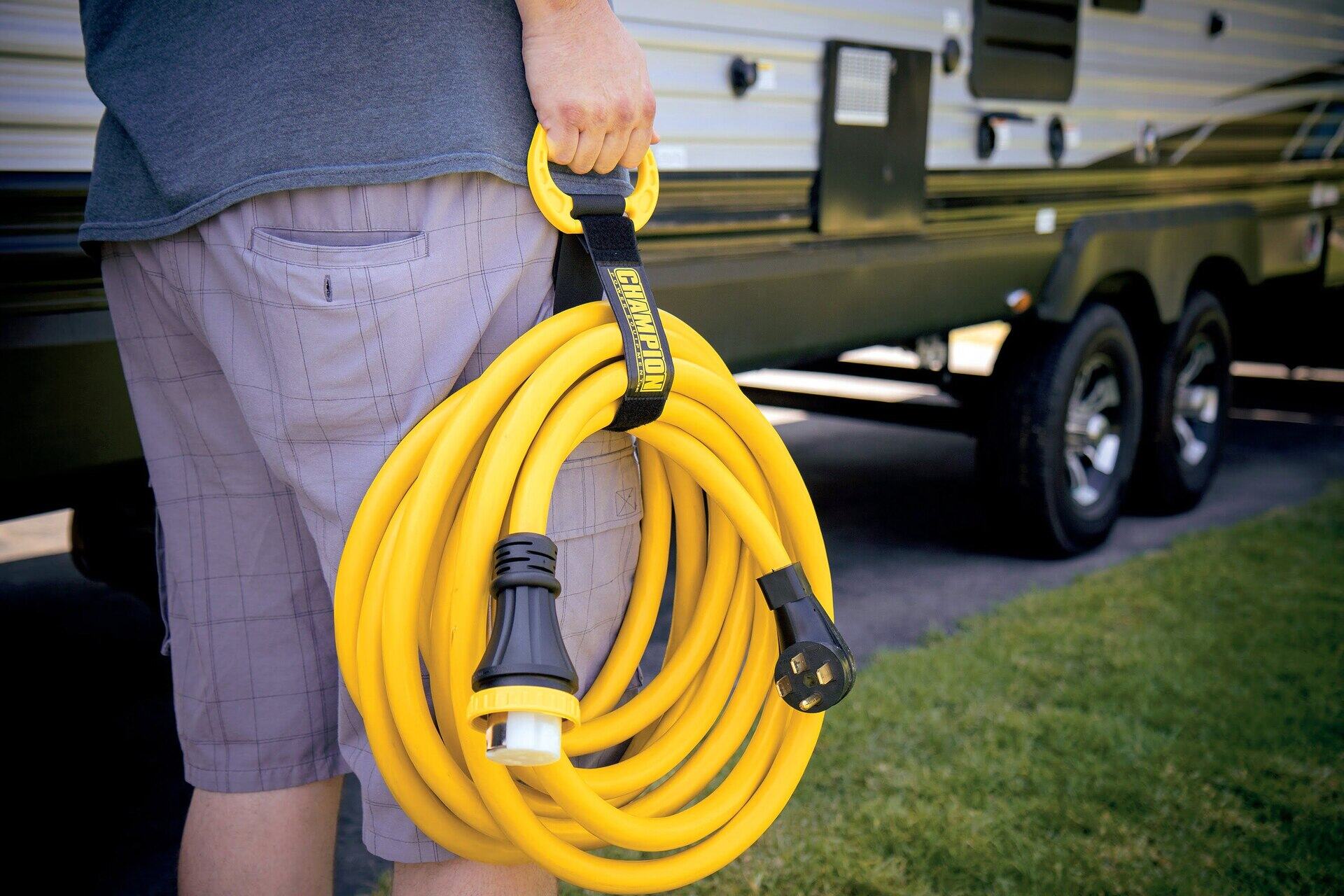
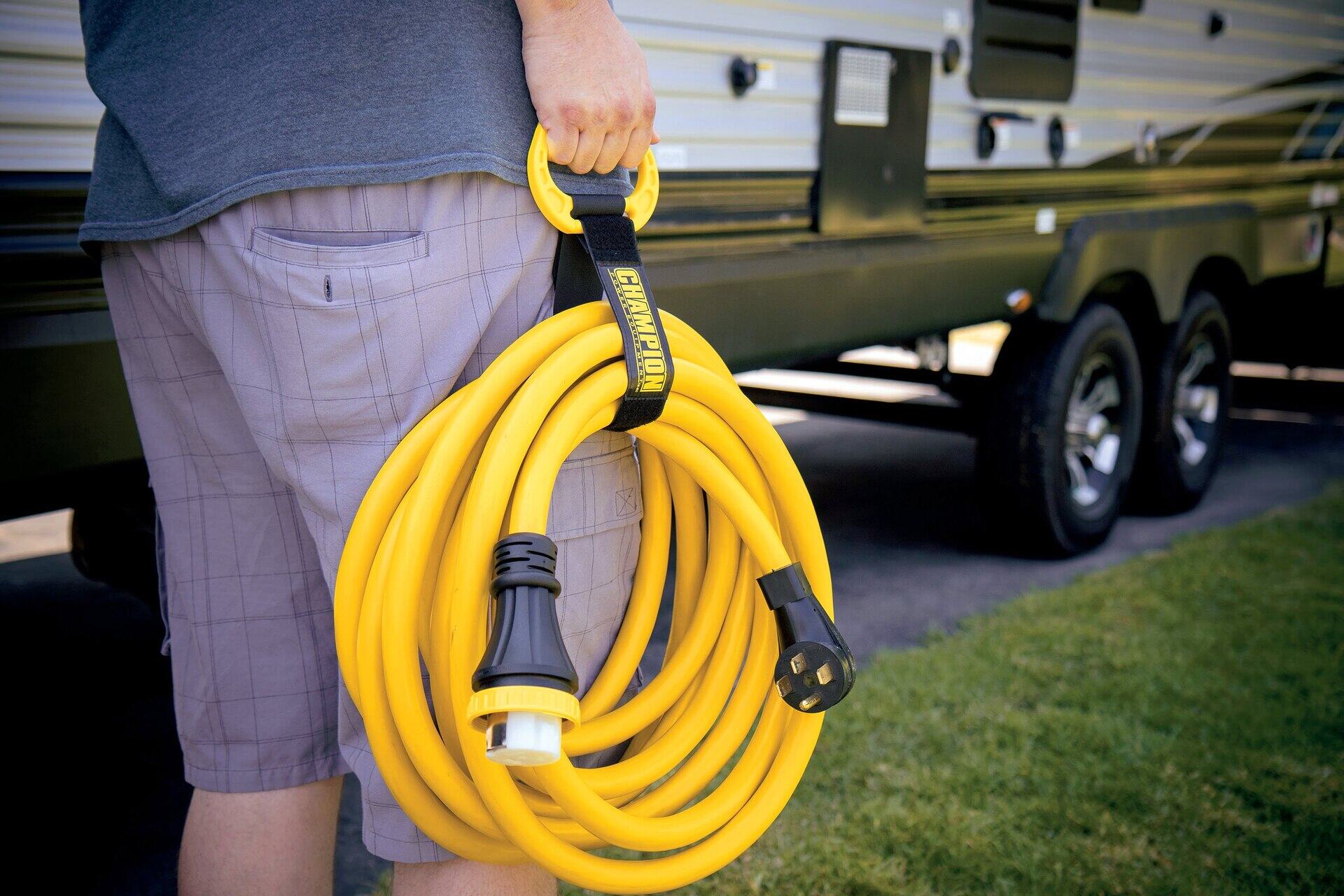
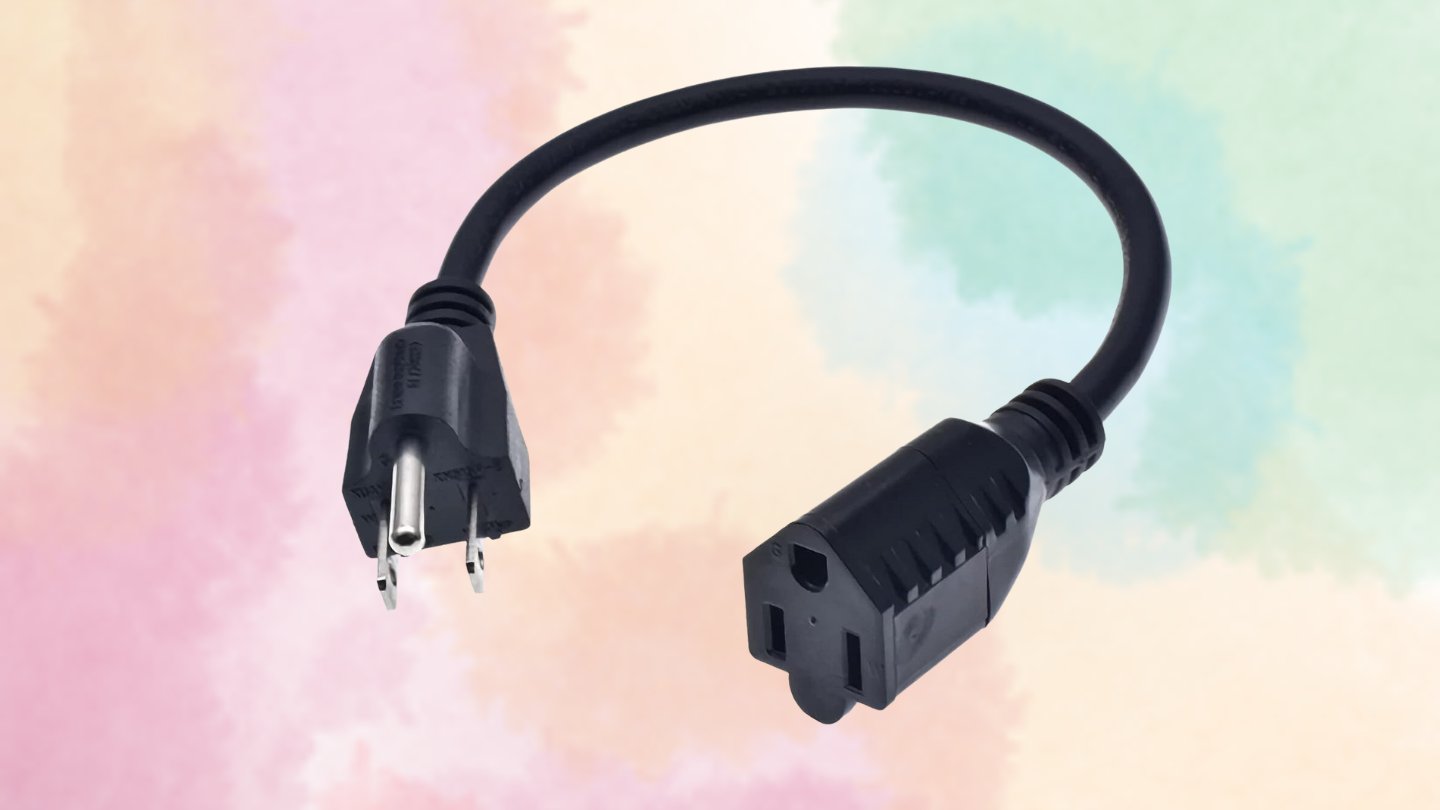

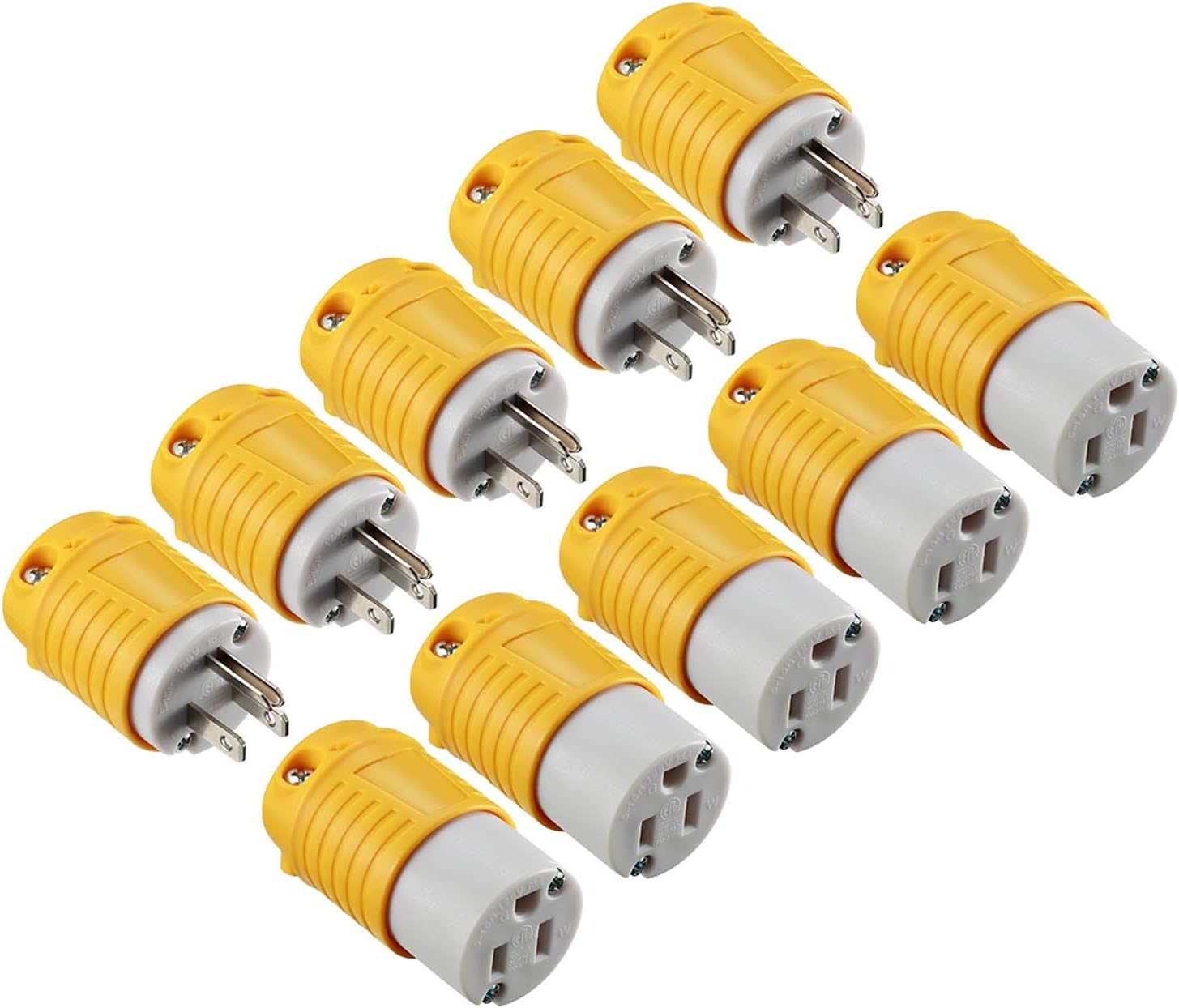
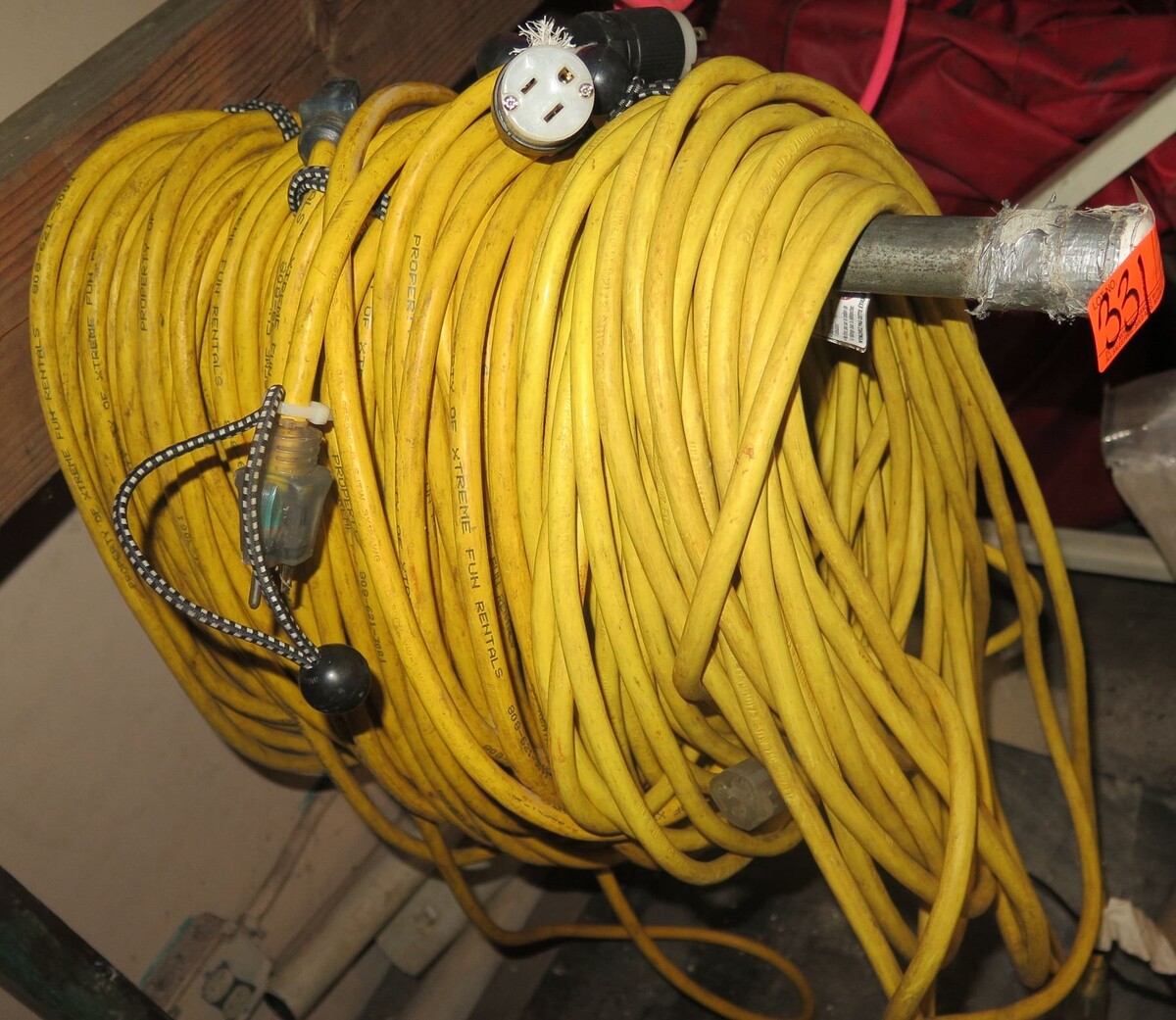
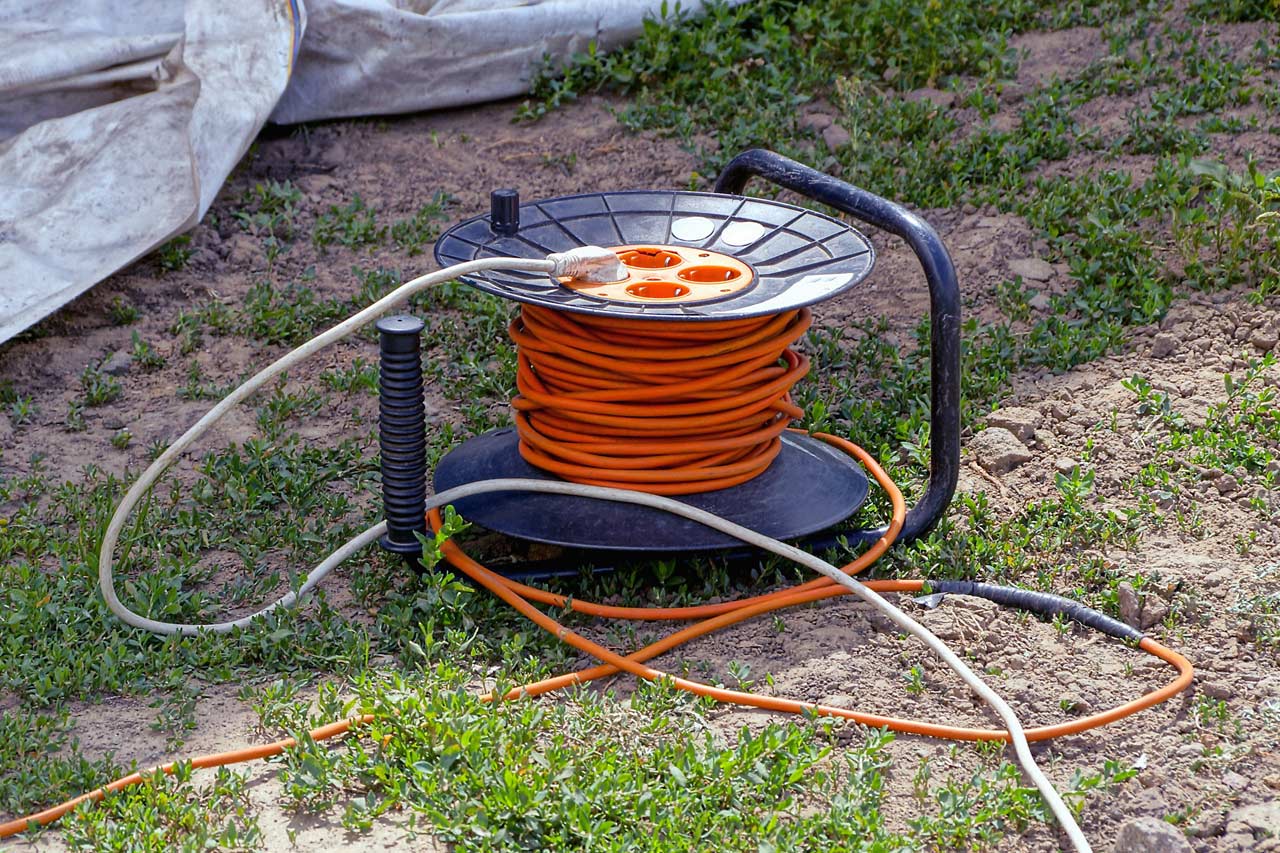
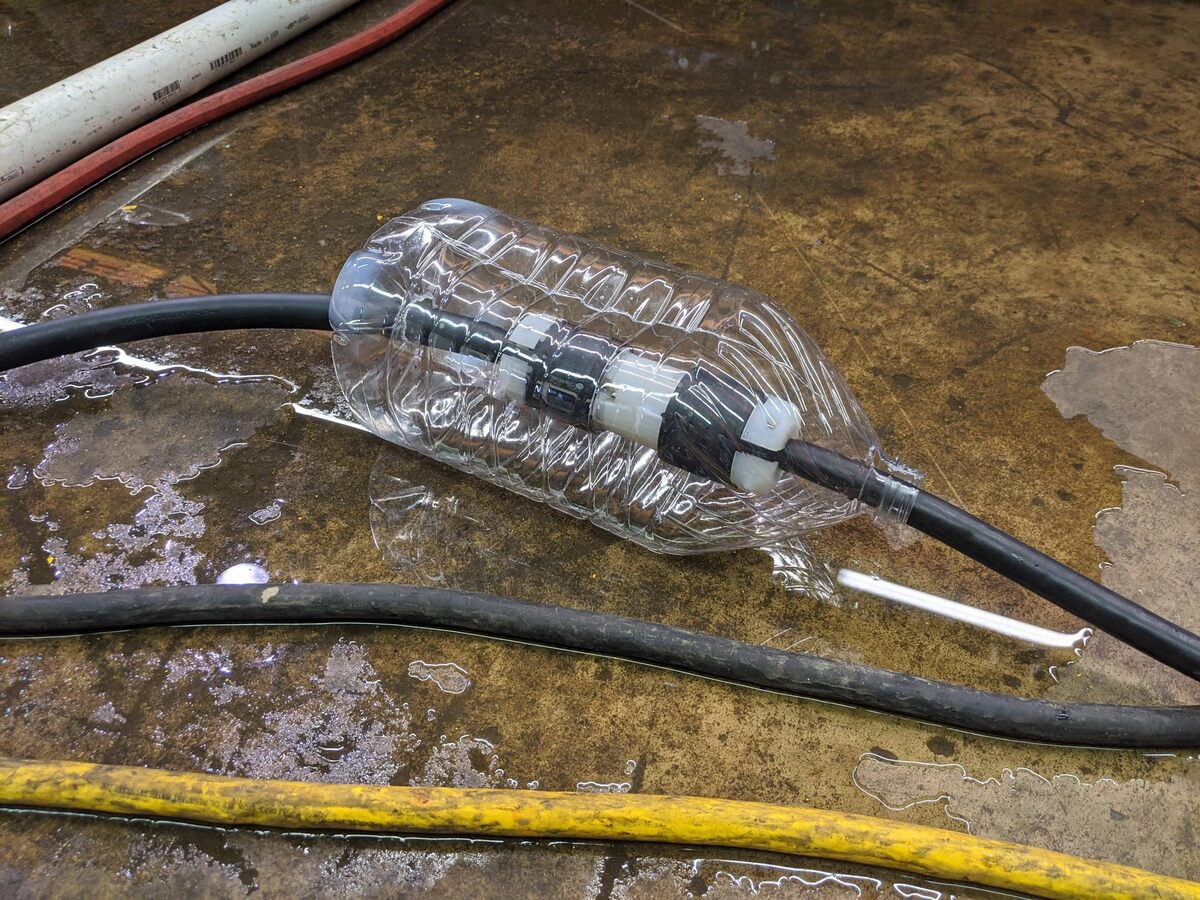

0 thoughts on “What Is 16/3 Extension Cord”